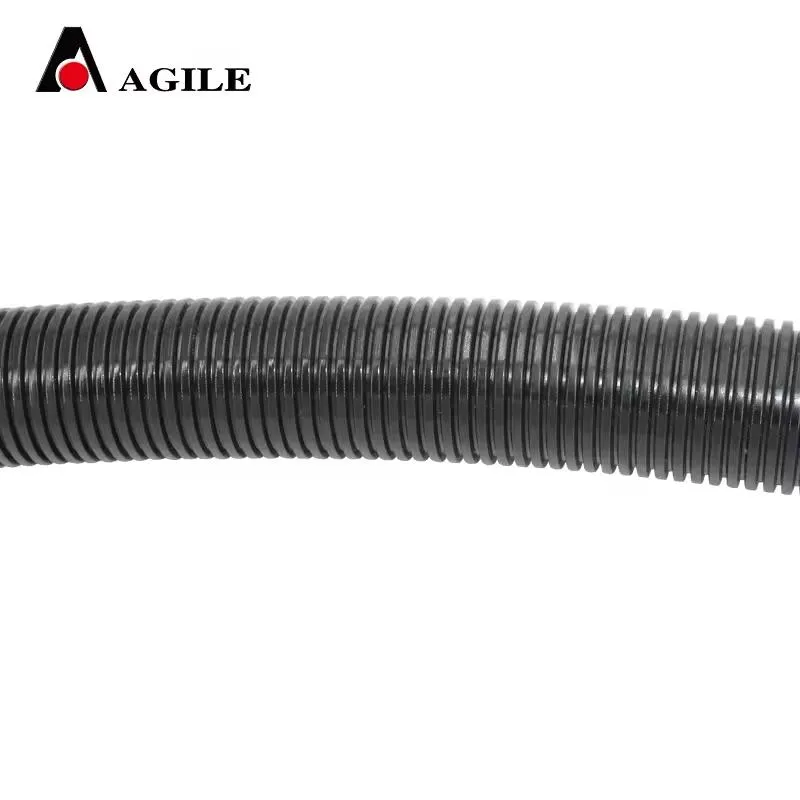reinforced drag chain
Understanding Reinforced Drag Chains Essential Components for Efficient Industrial Applications
In the realm of industrial machinery and automation, the significance of effective cable management cannot be overstated. Among the various solutions available, reinforced drag chains have emerged as a pivotal component in ensuring the seamless operation of equipment. This article will explore the various aspects of reinforced drag chains, including their design, functionality, applications, and benefits.
What are Reinforced Drag Chains?
Reinforced drag chains, also known as energy chains or cable carriers, are mechanical assemblies designed to manage and guide cables, hoses, and other flexible elements in motion. They consist of a series of interlinked segments that form a chain-like structure, allowing for smooth movement while preventing wear and tear on the cables inside them. The reinforcement in these particular chains typically refers to the use of robust materials and enhanced designs that withstand the rigors of industrial environments, ensuring longevity and reliability.
Design and Functionality
The design of reinforced drag chains is paramount to their effectiveness. Typically made from high-strength polymers, steel, or a combination of both, these chains are engineered to handle dynamic loads, extreme temperatures, and harsh environmental conditions. The interior of the drag chain is spacious enough to accommodate multiple cables and hoses without causing friction or tangling, which could lead to system failures.
Functionally, reinforced drag chains enable the controlled movement of cables and hoses in various applications. As machines and equipment operate, the chains move with the system, reducing the risk of damage to the cables caused by bending, twisting, or excessive tension. This movement is crucial in applications where machinery operates in repetitive cycles, such as in automated assembly lines, CNC machining, and robotics.
Applications of Reinforced Drag Chains
The versatility of reinforced drag chains allows them to find applications across a multitude of industries. Here are some common sectors where they are essential
2. Machine Tool Industry CNC machines and milling equipment rely on drag chains to manage the extensive wiring needed for power supply and control functions, minimizing downtime caused by cable faults.
reinforced drag chain

3. Automotive and Aerospace These industries use reinforced drag chains in robotic welding systems and assembly lines where precise cable management is critical to maintaining workflow.
4. Construction and Heavy Machinery In heavy-duty machinery such as excavators and cranes, drag chains protect hydraulic hoses and electrical cables from environmental damage and mechanical strain.
5. Elevators and Lifting Systems Reinforced drag chains enable the smooth operation of cables in elevators, facilitating reliable movement while safeguarding against wear.
Benefits of Using Reinforced Drag Chains
The integration of reinforced drag chains within industrial systems offers several advantages
- Increased Durability The reinforced construction ensures resistance to wear and tear, even in environments exposed to debris, high temperatures, or corrosive substances.
- Enhanced Safety By securely managing cables and hoses, drag chains substantially reduce the risk of tripping hazards and equipment failures, promoting a safer working environment.
- Simplified Maintenance With proper cable management, maintenance tasks become more straightforward, as technicians can quickly identify and access individual cables without unnecessary complications.
- Space Efficiency Reinforced drag chains optimize space utilization by neatly organizing cables and hoses, which is particularly crucial in compact machinery or crowded workspaces.
Conclusion
Reinforced drag chains play a vital role in the efficient operation of modern industrial machinery, offering a solution to the challenges of cable management in dynamic environments. Their robust design, suitability for various applications, and multifaceted benefits make them indispensable in many sectors. As industries continue to evolve and push the boundaries of automation and machinery efficiency, the importance of reinforced drag chains will undoubtedly grow, paving the way for more innovative and reliable solutions in industrial applications.








